Are you tired of looking at those stubborn carpet stains that just won't seem to go away? From food spills to pet accidents, dirt, and mud, carpet stains can be a real headache to deal with.
We compiled a comprehensive guide with tips from Carpet Team on how to tackle these common carpet stains using simple DIY methods. With just a few household ingredients like white vinegar, baking soda, and dish soap, you can say goodbye to those unsightly marks on your carpet.
Stay tuned as we walk you through the tools and materials you need, tips for maintaining a clean carpet, and when it might be time to call in the professionals.
Let's get your carpets looking fresh and clean again!
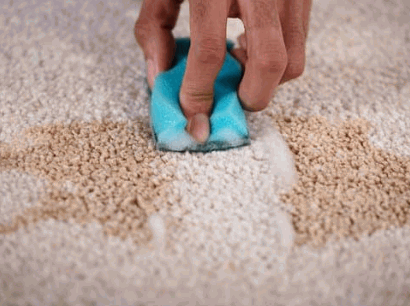
Carpet stains can be caused by various factors such as food and drink spills, pet accidents, dirt, and mud tracked into the house.
Food and drink spills are common culprits for carpet stains, with red wine, coffee, and tomato sauce being particularly notorious offenders. These spills can quickly seep into the fibres of the carpet, leaving behind stubborn marks.
Pet accidents, like urine or vomit, can also lead to pervasive stains if not promptly cleaned. In addition, dirt and mud tracked in from outside can leave unsightly marks on carpets, especially in high-traffic areas.
To prevent deep-seated stains, it is essential to address spills immediately by blotting the area with a clean cloth and using a mild cleaning solution to lift the stain.
Discover: How To Keep Bedroom Carpet Clean
Food and drink spills are common culprits for carpet stains, often leading to noticeable discolouration and odours if not promptly addressed.
When it comes to dealing with stains caused by food and drinks on carpets, it's important to act fast. Immediately blotting the spill with a clean cloth or paper towel can prevent the liquid from seeping further into the carpet fibres. For solid food spills, gently scoop up the residue before addressing any remaining stains. Remember, the longer a stain sits, the harder it can be to remove. Different types of food and drink stains require specific treatment methods to effectively lift the discolouration and odours from the carpet fibres.
Pet accidents can leave stubborn stains and unpleasant odours on carpets, requiring specific cleaning methods to effectively remove the marks and eliminate the smell.
Enzymatic cleaners are highly effective for breaking down the organic compounds in pet stains, while vinegar mixtures provide a natural and affordable solution for odour removal. To tackle fresh stains, blot the area with a clean cloth and apply the enzymatic cleaner, allowing it to sit for the recommended time before blotting again. For older stains, a mixture of vinegar and water can help neutralise odours. To prevent future accidents, establish a consistent potty routine for your pet and consider using training aids. Regular vacuuming and professional steam cleaning are essential for maintaining a fresh-smelling carpet.
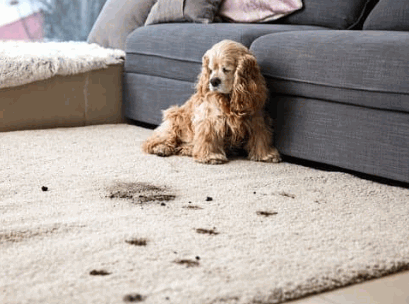
Dirt and mud stains on carpets are not only unsightly but can also embed deep into the fibres, requiring thorough cleaning methods to restore the carpet's appearance.
If left unattended, dirt and mud can lead to permanent damage, causing discolouration and weakening the carpet structure. Different carpet types such as plush, berber, or loop pile may require specific cleaning techniques to effectively tackle these stains.
Regular hoovering is essential to prevent soil accumulation, while immediate dabbing with a damp cloth can help lift fresh stains. For a deeper clean, consider steam cleaning your carpet periodically to remove embedded dirt and restore its freshness.
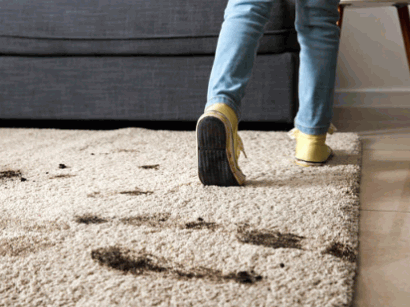
To tackle carpet stains effectively, you will need essential household items such as white vinegar, baking soda, hydrogen peroxide, and clean cloths or kitchen rolls for blotting.
White vinegar is a versatile cleaning agent that can help remove stubborn stains and odours from carpets. It works well on grease, pet stains, and general dirt build-up.
Baking soda, on the other hand, is great for absorbing odours and lifting dirt from carpet fibres. It also acts as a natural deodoriser, leaving your carpets smelling fresh.
Hydrogen peroxide is effective for tackling organic stains like blood or wine. When selecting cleaning agents, make sure to check the label to ensure they are safe for the specific type of carpet fibres you have to avoid causing any damage.
White vinegar is a versatile and eco-friendly solution for removing carpet stains, known for its odour-neutralising properties and gentle cleaning effectiveness.
Its natural disinfectant properties make it an excellent choice for sanitising carpets without harsh chemicals. By diluting white vinegar with water, you can create a powerful yet safe solution for tackling tough stains. Simply spray the mixture onto the affected area, let it sit for a few minutes, and then blot with a clean cloth. This method not only helps lift the stain but also eliminates bacteria and allergens lurking in your carpet fibres. Regular use of white vinegar can keep your carpets fresh and free from germs, promoting a healthier indoor environment.
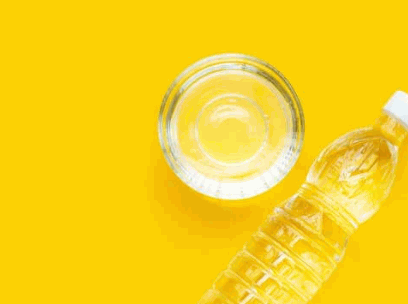
Bicarbonate of soda is a popular household item for DIY carpet cleaning, valued for its absorbent and deodorising qualities that help lift stains and freshen carpets.
When bicarbonate of soda comes into contact with stains on carpets, it works by chemically reacting with the particles, breaking them down and making them easier to lift off the carpet fibres.
To effectively use bicarbonate of soda for spot treatment, simply sprinkle a generous amount directly onto the stain, allowing it to sit for around 15-30 minutes. This will give the bicarbonate of soda enough time to absorb the liquid and odours.
After the waiting period, vacuum up the bicarbonate of soda, revealing a noticeably fresher and cleaner carpet surface.
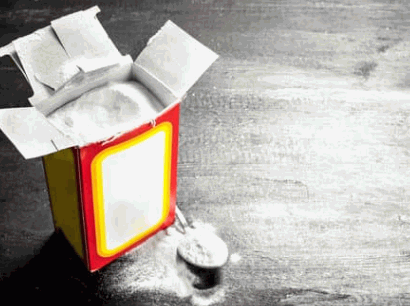
Dish soap can serve as an effective spot treatment solution for carpet stains, helping to break down greasy residues and lift dirt from the fibers.
Its mild yet powerful cleaning properties make it a versatile option for tackling various spills and marks on carpets. When using dish soap, it's important to remember that a little goes a long way - dilute it with water to create a gentle cleaning solution. Overusing dish soap can leave behind a sticky residue that attracts more dirt, so always ensure thorough rinsing after treating a stain. Test a small, hidden area of the carpet first to check for any adverse reactions to the soap.
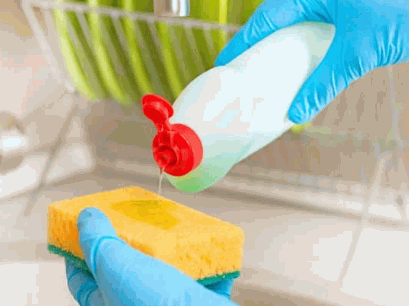
Hydrogen peroxide is a versatile cleaning agent that can effectively tackle tough stains on carpets, providing a powerful yet gentle solution for spot treatment.
Its oxidising properties make it a great choice for breaking down and lifting stubborn stains like coffee, wine, and pet urine. Hydrogen peroxide can be safely used on a variety of surfaces, including carpets, upholstery, and even clothing.
Before applying it to a visible area, it's wise to test it on a small, inconspicuous spot to ensure compatibility with the material. This precaution can help prevent any potential discolouration or damage that may occur. By following these steps, you can harness the stain-fighting power of hydrogen peroxide effectively and safely.
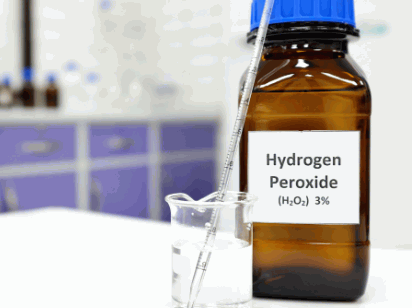
Clean cloths or kitchen rolls are essential for dabbing and absorbing excess moisture during the carpet cleaning process, helping to prevent further spreading of the stains.
These materials play a crucial role in the initial stages of stain removal as they help lift and absorb the spilled substances before they set into the carpet fibers. When dealing with liquid stains, such as wine or juice, opt for white, absorbent cloths to soak up the liquid effectively without transferring any dyes onto the carpet. For thicker substances like pet accidents or food spills, a microfiber cloth works well to absorb and lift the stain gently without causing damage to the carpet fibers.
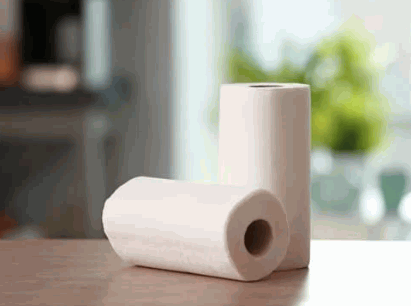
A scrub brush is a handy tool for agitating and loosening stubborn carpet stains, allowing for deeper penetration of cleaning solutions and effective removal of dirt particles.
Different types of scrub brushes are suitable for various carpet fibers. For delicate carpets like wool or silk, opt for soft-bristled brushes to prevent damage. Stiffer brushes work well on tougher fibers like nylon.
When scrubbing, remember to use gentle strokes to avoid tearing or fraying the carpet surface. It is crucial to test a small, inconspicuous area first to ensure the brush and technique are suitable for the carpet material. Always brush in the direction of the carpet pile to minimise potential damage.
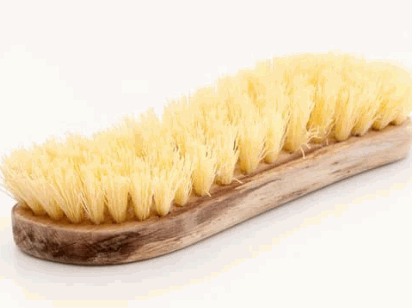
A vacuum cleaner is an essential tool for regular carpet maintenance, helping to remove surface debris, dust, and allergens to keep the carpet clean and fresh.
Different types of vacuum cleaners are available on the market, each offering unique features catering to specific carpet textures. For high-pile carpets, a vacuum with adjustable height settings is ideal to prevent damage to the fibers. On the other hand, low-pile carpets require a powerful suction vacuum to effectively lift embedded dirt. Attachments such as crevice tools and upholstery brushes are useful for reaching tight corners and cleaning stairs.
It is recommended to vacuum high-traffic areas at least twice a week and the rest of the carpet thoroughly once a week to maintain cleanliness and prolong the carpet's lifespan.
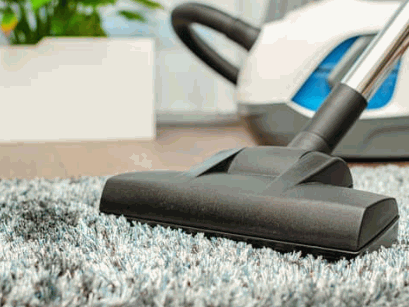
Different types of carpet stains require specific treatment methods based on the nature of the stain, the carpet material, and the extent of the damage. Food and drink stains are common culprits that can be effectively removed from carpets by following a few steps.
For instance, for spilled red wine or coffee, blot the area with a clean cloth or paper towel to absorb excess liquid. Then, mix a solution of warm water and mild dish soap and gently dab at the stain. Avoid rubbing, as it can spread the stain further.
Pet accidents, such as urine or vomit, require prompt action to prevent odors and stains from setting in. Blot the area with a cloth, then clean with a mixture of water and vinegar to neutralise the odor.
Dirt stains, often caused by soil being tracked indoors, can be tackled by vacuuming the area first to remove loose debris. For stubborn dirt stains, using a carpet cleaner or a solution of water and detergent can help lift the dirt off the carpet fibers.
Food and drink stains on carpets can range from simple spills to tough, set-in marks, requiring immediate attention and appropriate cleaning techniques for complete removal.
Whether it's a clumsy mishap during a dinner party or a spill from a morning coffee, tackling these stains quickly is key to preventing them from becoming permanent eyesores on your carpet.
For smaller, fresh stains, start by blotting up as much of the spill as possible using a clean cloth. Then, mix a solution of equal parts white vinegar and water and gently dab it onto the stained area. Let it sit for a few minutes before blotting again with a fresh cloth.
For more stubborn stains, create a paste using baking soda and water, apply it to the affected area, and let it dry before vacuuming up. Remember, the sooner you address the stain, the easier it is to remove.
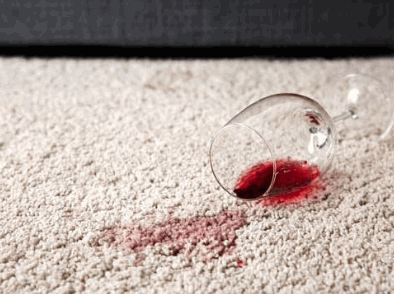
Pet stains pose unique challenges due to their composition and odor, necessitating specialised cleaning approaches and odor-neutralising techniques for effective removal.
For lingering odors, a mixture of vinegar and water can be used to neutralise the smell, leaving your carpets fresh and odor-free. To prevent re-soiling, it's essential to promptly clean up any accidents and use positive reinforcement techniques to encourage good behavior in your pets.
Regular vacuuming and steam cleaning can help maintain a pet-friendly environment and minimise future stains.
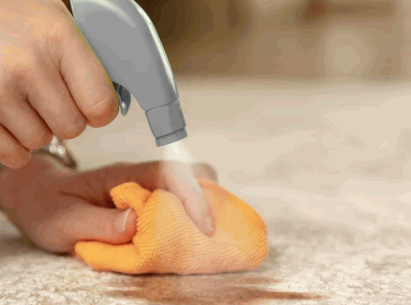
Mud and dirt stains can cling stubbornly to carpet fibres, necessitating a thorough cleaning process involving vacuuming, blotting, and targeted stain treatments.
When dealing with mud and dirt stains on carpets, it's essential to act promptly to prevent them from becoming deeply embedded. Pre-treating the stains with a mixture of mild detergent and warm water can help loosen the dirt before cleaning. For eco-friendly alternatives, consider using bicarbonate of soda or vinegar solutions to tackle tough stains effectively.
Regular maintenance such as frequent vacuuming and spot cleaning can significantly reduce the chances of soil buildup, prolonging the life of your carpet and keeping it looking fresh and clean.
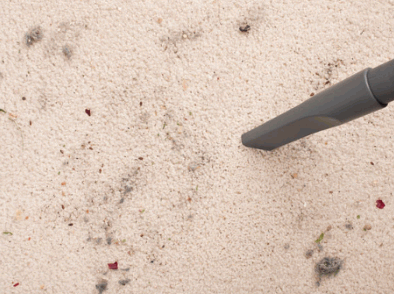
Maintaining a clean carpet involves regular hoovering, prompt stain treatment, occasional deep cleaning, and using protective measures to prolong the carpet's lifespan.
Establishing a consistent hoovering schedule is crucial to prevent dirt and debris from embedding deeply into the carpet fibres. Aim to hoover high-traffic areas at least twice a week, while other areas can be hoovered once a week. It's also advisable to change the hoover bags and filters regularly to ensure optimal suction power.
To prevent stains, address spills immediately by dabbing rather than rubbing, using a mixture of water and mild detergent. For deep cleaning, consider steam cleaning or professional cleaning services at least once a year for a thorough refresh.
Professional carpet cleaning services may be necessary for tackling tough stains, high-traffic areas, and deeply embedded dirt that DIY methods struggle to address effectively.
When dealing with specific carpet fabrics such as wool, silk, or delicate fibers, professional cleaning is highly recommended to avoid damage and ensure proper maintenance.
For households with pets or individuals with allergies, professional cleaning can effectively remove allergens and pet dander that regular vacuuming may not eliminate.
By choosing reputable cleaning services that use industry-standard equipment and environmentally friendly products, homeowners can benefit from improved indoor air quality, extended carpet lifespan, and a fresher, healthier living environment.
61a, Walton St, Walton On The Hill, Tadworth,
Surrey, KT20 7RZ
info@amorybrown.co.uk